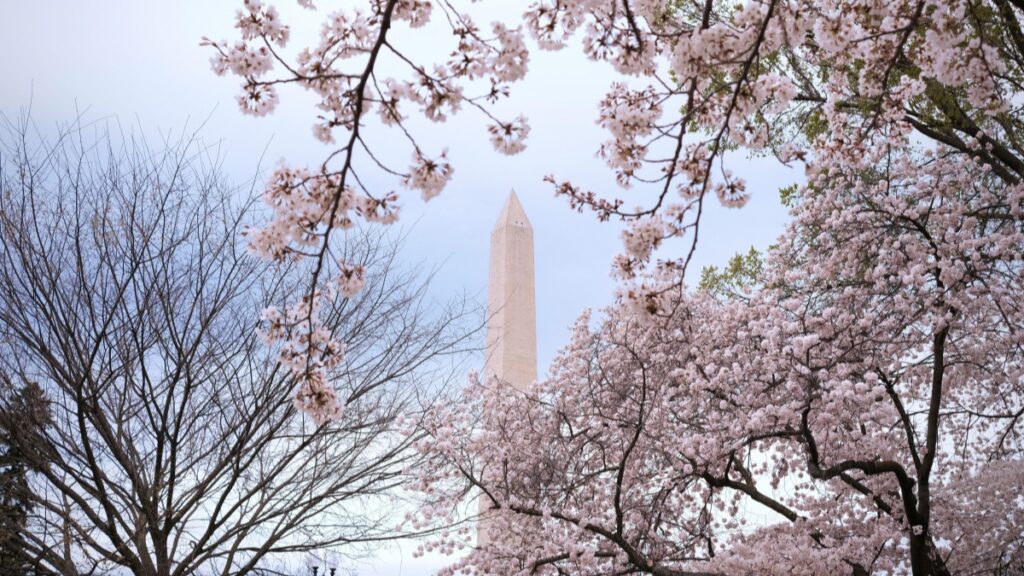💡 Why finding UK Instagram creators matters (and why US advertisers trip up)
If you’re a US brand trying to run UGC in the United Kingdom, you already know the basic pitch: UK creators bring local voice, cultural relevance, and better conversion for British audiences. But execution is where dreams die — either because you scraped random hashtags and wasted budget on low-engagement micro-influencers, or because your vetting missed a recycled-photo farm that kills trust and compliance.
This guide is built for the pragmatic advertiser — the person who wants to go from brief to live assets without the usual headaches. I’ll walk you through real discovery channels, red flags pulled from real-world scams (yes, fake “freebie” accounts exist), outreach that actually works, and how to measure ROI once your UGC hits paid distribution. You’ll get tools, templates, and a data snapshot so you can pick the fastest, cheapest, or safest route depending on your priorities.
We’ll lean on public reporting and platform behavior to keep things grounded: trends in creator-driven travel and experience campaigns, Gen Z audience shifts that affect tone and format, and a few cautionary examples of fake accounts and recycled imagery that messed up campaigns elsewhere. Expect actionable tactics — no theory, no fluff.
📊 Data Snapshot: Discovery Channels Compared
| 🧩 Metric | BaoLiba | Instagram Search | Agencies & Events |
|---|---|---|---|
| 👥 Monthly Reach | 120,000 | 1,200,000 | 80,000 |
| 📨 Avg Response Rate | 45% | 18% | 65% |
| 💸 Avg Cost per UGC Asset | $120 | $80 | $600 |
| 🔎 Vetting Depth | High | Low | Medium |
| ⏱️ Time to Launch | 1–2 weeks | 2–4 weeks | 2–6 weeks |
| 🎯 Best For | Targeted, trackable UGC | Wide discovery & testing | Large-scale, vetted activations |
This snapshot compares three common routes to find UK Instagram creators. Marketplace platforms like BaoLiba (Option A) trade slightly higher per-asset cost for better vetting, faster contracts, and data-backed matching. Native Instagram search is cheap and gives huge reach, but vetting and response rates are lower. Agencies and in-person events cost more but deliver curated, reliable creators for brand-safe launches. Choose based on speed, budget, and how mission-critical creator authenticity is for your campaign.
😎 MaTitie SHOW TIME
Hi — MaTitie here. I test tech, dig for deals, and obsess over tools that keep creators and advertisers sane.
Quick real talk: geo-restrictions, account blocks, and regional content rules can mess with how you manage creators across borders. If you want a smoother remote workflow — faster uploads, consistent previewing of region-specific content, and safer access to platforms — I use a VPN for testing and trouble-shooting.
If you’re curious, try NordVPN — it’s fast, easy, and I’ve used it while coordinating campaigns across time zones. 👉 🔐 Try NordVPN now — 30-day risk-free.
This post contains affiliate links. If you buy something through them, MaTitie might earn a small commission.
💡 How the market is moving — quick trends you need to know
-
Creator economy events and cross-market collaborations are back in force as brands prioritize creator-first content. Reports show creator-focused events continuing to scale, and brands are investing in creator relationships rather than one-off posts (see commentary on creator economy growth). This means more vetted talent pools but also higher competition for the best UK voices (source: industry reporting on creator events).
-
Format shift: short, native clips and unfiltered UGC outperform highly produced content for Gen Z and younger UK audiences. Platforms and publishers like ReadWrite have tracked how Gen Z preferences are reshaping entertainment and brand content — something advertisers must mirror in briefs and usage terms (ReadWrite).
-
Risk spotlight: fake or recycled content is real. The reference material includes a clear case where an account posted reused photography and posed as recipients of “free Sinsay” packages to appear authentic. That kind of fakery wrecks campaign trust. Vet creators by requesting original files, timestamps, and a brief behind-the-scenes clip.
🛠️ Step-by-step: Find UK Instagram creators who actually deliver UGC
- Define the creative brief with rights first
-
Deliverables (30s reel, 3 static shots), usage window (6 months, social ads only), territories (UK only), and exclusivity. Rights drive price — be explicit.
-
Pick your discovery mix (1–2 channels)
- BaoLiba (or similar marketplaces): best when you want speed + data. Use filters: location (United Kingdom), content category, engagement quality, and rights history.
- Instagram search & hashtags: cheap for scale tests. Use narrow geo-tags, local slang phrases, and location-based hashtag combos. Manually vet top prospects.
-
Agencies & Creator Events: choose when brand safety and handholding matter (higher cost, lower risk).
-
Vet like a detective (must-do checks)
- Reverse-image search of recent posts (expose recycled photos).
- Check comment authenticity (real interactions vs. generic emojis).
- Ask for native files and a 10-second unedited clip showing the product in use.
-
Check follower growth for spikes — sudden jumps can imply purchased followers.
-
Outreach that converts (copy-tested template)
- Short subject: “Paid UGC brief — [Brand] x UK creators”
- Message: 1–2 lines praise + clear deliverables + fee range + CTA (“Are you available next week?”)
-
Use DMs and email if provided. Include a one-line call to action and next steps (talent call, contract).
-
Contract + payment best practices
- Use simple SOW with usage rights and payment schedule (50% on acceptance, 50% on delivery).
- Always request a content release (signed or via platform).
-
Pay via tracked methods (Wise, Revolut, PayPal with invoice).
-
Scale with structure
- Batch briefs to multiple creators with A/B variations.
- Use a shared creative brief doc and a content checklist to ensure consistency.
- Track metrics per asset: CTR lift, view-through, and conversions tied to UGC variants.
📊 Measuring results (what to track and why it matters)
- Engagement quality: monitor saves, shares, watch time, and comment sentiment. UGC’s main advantage is trust — comments reveal if that trust lands.
- Conversion lift: use UTM-tagged links and store-level promo codes to attribute sales to creators.
- Cost per usable asset: total spend divided by assets that pass QC and rights tests. This helps compare platforms (see table snapshot).
- Long-term value: creator lifetime value (repeat work, better audience fit, exclusive license) often beats one-off micro-savings.
Tip: Brands that built ongoing creator relationships report steadier performance and lower asset costs over time as creators learn the brand voice.
🙋 Frequently Asked Questions
❓ How do I avoid fake UK creators and stock-photo farms?
💬 Start with reverse-image checks and ask for unedited raw files or behind-the-scenes clips. Look at comment patterns — real accounts have variable, multi-person conversations. If something smells off (perfectly posed + generic comments), pause and vet deeper.
🛠️ What’s a quick outreach template I can use for 50 creators?
💬 Keep it short: one line praising a specific recent post, one line on the paid brief + deliverables, one line on fee range and rights, and a CTA like “Are you available next week for a quick brief call?” That clear structure lifts reply rates.
🧠 Strategically, should I hire local UK creators or UK-based creators living abroad?
💬 Local creators living in the UK usually have better cultural resonance and local reach (geo-tagged audiences). Creators abroad can still perform if their audience is UK-heavy — check follower analytics before deciding.
🧩 Final Thoughts…
If you only take one thing from this guide: be specific. A specific brief, specific rights, and specific vetting steps make the difference between a campaign that feels native and one that feels like a billboard slapped onto someone’s feed.
Platforms like BaoLiba speed up discovery and vetting, Instagram search is great for cheap experiments, and agencies or events deliver reliable, curated talent when the campaign is too important to risk. Mix and match based on whether you need speed, scale, or safety.
One last real-world caution: social proof can be manufactured. The reference example about faux “freebie” accounts shows how quickly trust can erode if brands amplify inauthentic content. Vet aggressively, pay fairly, and measure like you mean it.
📚 Further Reading
Here are 3 recent articles that give more context to this topic — all selected from verified sources. Feel free to explore 👇
🔸 Jeg Menyala Wi artinya: Bahasa Gaul Bali yang Viral di Media Sosial
🗞️ Source: Media Indonesia – 📅 2025-08-25 08:30:00
🔗 Read Article
🔸 Cara da Sirene: influenciador cruza Brasil com pegadinha que ficou famosa
🗞️ Source: UOL – 📅 2025-08-25 08:30:00
🔗 Read Article
🔸 Άλεκ-Χιλάρια Μπάλντουιν: Αναπαριστούν τη σκηνή του «Dirty Dancing» και προσφέρουν άφθονο γέλιο (video)
🗞️ Source: Skai – 📅 2025-08-25 08:29:57
🔗 Read Article
😅 A Quick Shameless Plug (Hope You Don’t Mind)
If you’re sourcing creators across platforms — don’t let your content get lost. Join BaoLiba — the global ranking hub built to spotlight creators and simplify discovery.
✅ Ranked by region & category
✅ Trusted by fans in 100+ countries
🎁 Limited-Time Offer: Get 1 month of FREE homepage promotion when you join now!
Email: [email protected] — we usually reply within 24–48 hours.
📌 Disclaimer
This post blends publicly available information, editorial experience, and a touch of AI assistance. It’s meant to guide and inform, not replace legal advice or platform-specific terms. Double-check rights language and payment terms before you sign anything. If anything looks off, ping the team at BaoLiba and we’ll help troubleshoot.


